KOKOOTO – Kokoro no oto(the sound of heart) – will introduce delicate and beautiful Japanese culture
to people overseas, focusing on traditional musical instruments.
This time, we had interview with Ms.Nanako Fujishige, a koto and Jiuta shamisen player.
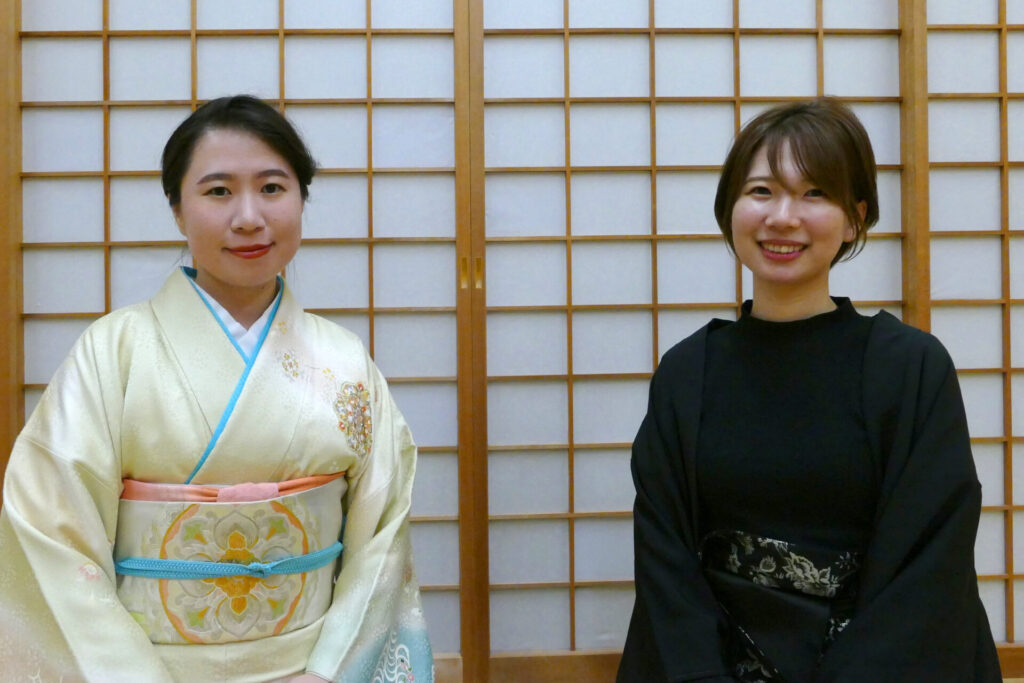
- – profile –
- ▼Q.How did you get started playing Japanese instruments?
- ▼Q.What made you decide to become a professional?
- ▼Q. What are your main activities?
- ▼Q.What is the charm of Japanese musical instruments that you want people overseas to know about?
- ▼Q.What kind of thoughts do you have for the recital?
- ▼Q.Future Activities
- ▼Various information about koto and shamisen
– profile –
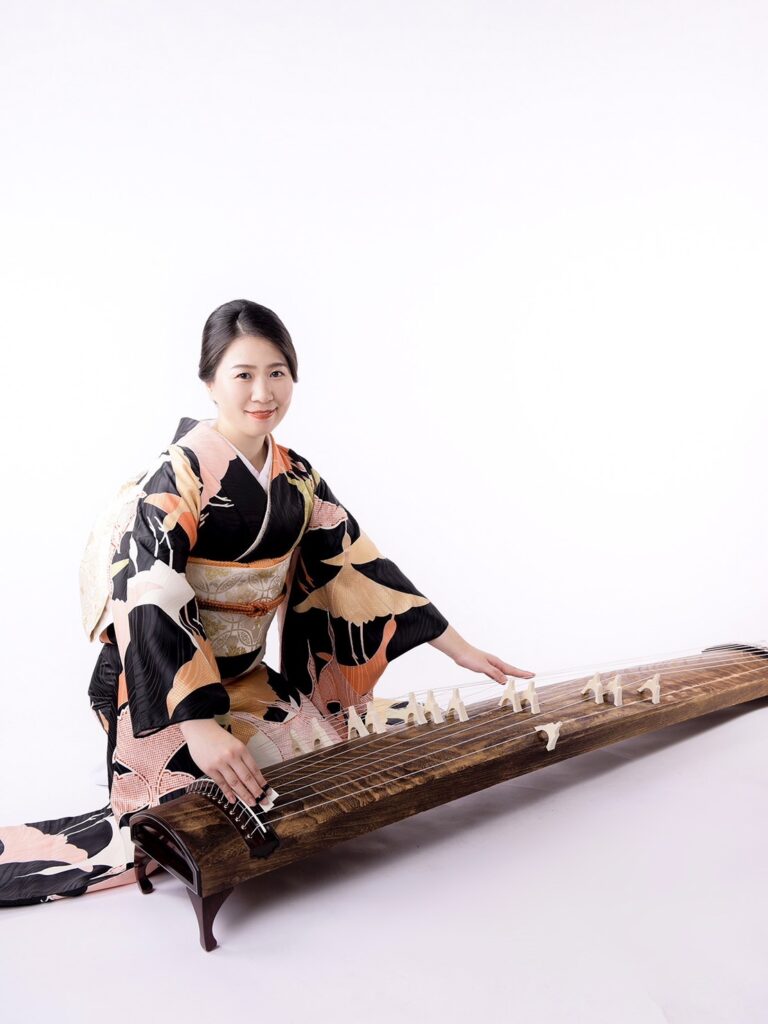
Born in Izumi, Osaka Learned the Ikuta school style since 10, Jiuta style syamisen learned under Satomi Fukami since 12. Graduated from the faculty of Japanese music at Tokyo University of Arts . Performed with various western musical instruments such as violin, cello and harps so far. To deliver Japanese traditional sound, the range of activity is extensive. Held the workshop for elementary school kids, the events in Asakusa, Tokyo to increase the opportunities exposing Japanese traditional sounds for the young to old age of people.A teacher of miyagi group. A member of traditional Japanese musician group “housu” A member of miyagi group、”Mori no Kai”, “Fukami Hogakukai”
〜Qualifications and skills〜
2020 Encourage Award ensemble in general applicants tonehidenori hougaku Competition.2019 3rd place Award in general applicants Miyagimichio kinenn Competition.2019 1st place Award in general applicants K hougaku Competition. 2019 Graduated the faculty of Japanese music at Tokyo University of Arts. Performed in toukagakudo at Imperial Palace.2018 Held the events with western music instruments and arts in the university.2017 Performed brand new music in Tokyo tower cultural festival.2013 Awarded Fukuoka educational committee prize in Fukuoka music competition Japanese music department.2008 Silver award in elementary school department, elementary and junior high school competition in Japan.
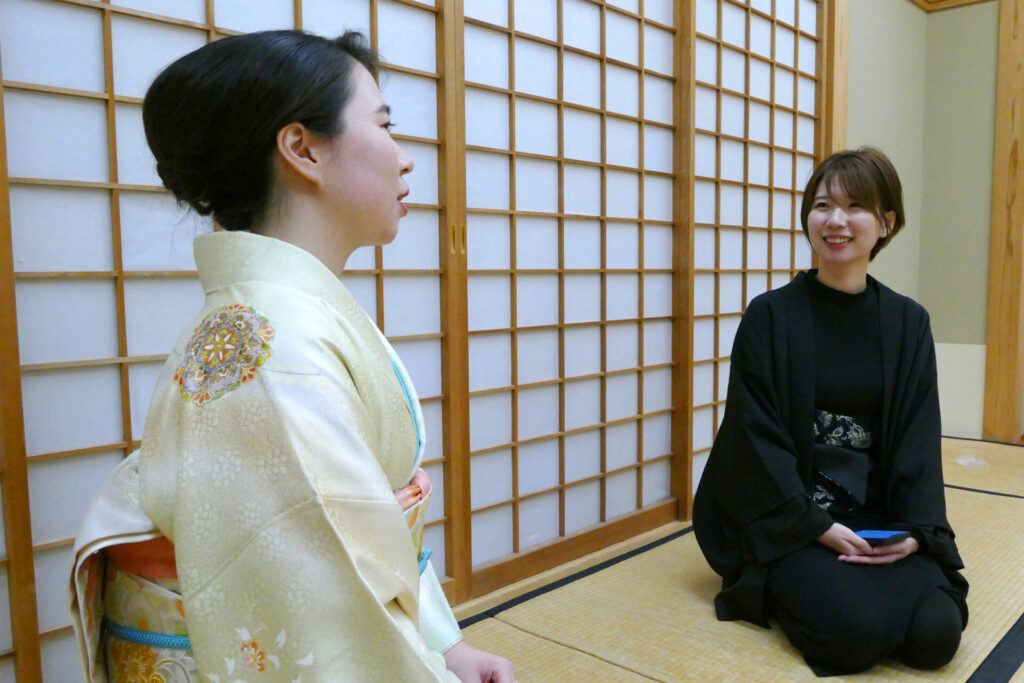
▼Q.How did you get started playing Japanese instruments?
My mother was a koto teacher, so we had koto at home, and I had been playing with it since I was little. And I was allowed to play in my mother’s small concerts, which is how I started playing.
I started playing the koto in earnest when I was 10 years old.I got a chance to play solo for a little while at a concert I attended. It was very pleasant to play solo, and that is how I met my teacher, Ms. Satomi Fukami.

▼Q.What made you decide to become a professional?
The main reason was that I met my teacher, Ms.Satomi Fukami. She was a first-rate performer and instructor in the koto industry. She was an associate professor at Tokyo National University of Fine Arts and Music when I started learning koto, and because of this connection, I made up my mind to go to that university when I was in elementary school.And as I received instruction from my peers and various professional performers at the university, my desire to bring the world of koto to someone else grew stronger.In addition, Ms.Fukami’s dignified way of playing the koto is both impressive to me and something I will always admire.
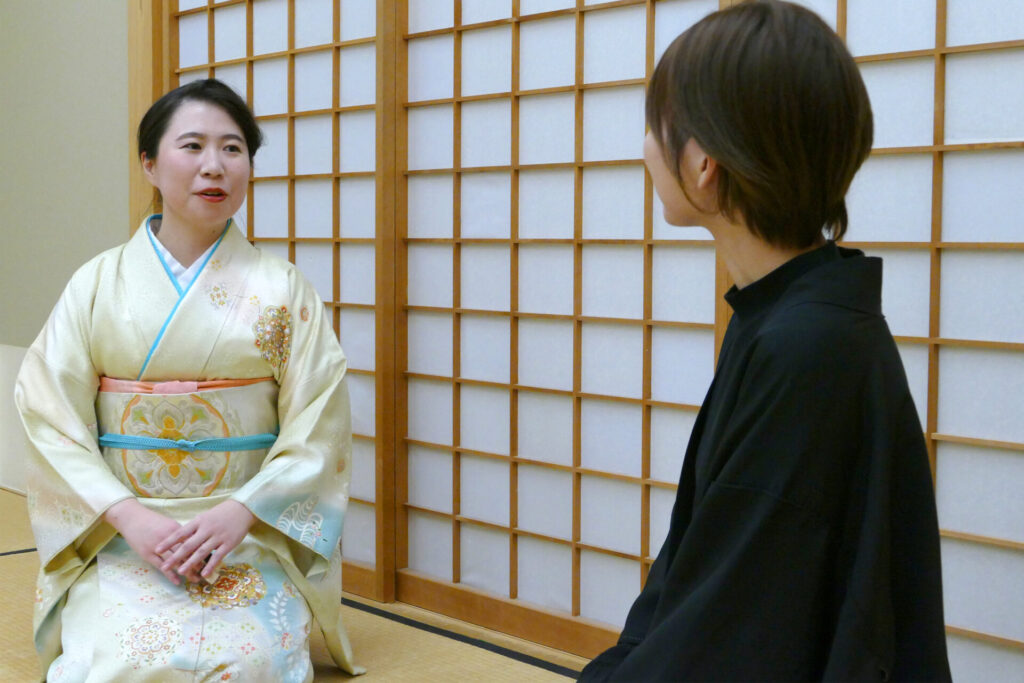
▼Q. What are your main activities?
I am a performer and instructor of koto, jyushi-gen (*1) and shamisen (*2).
(*1) Jyushi-gen – refers to the low-pitched koto.
(*2)Shamisen – a genre of jiuta, which is played while singing.
I have been performing and teaching in many parts of Japan, mainly for the purpose of spreading hogaku (traditional Japanese music) to areas where it is not so popular, and for the activities of the Japanese instrument orchestra to which I belong. In the past year, I have also been performing regularly in the lobby of the Park Hyatt Kyoto Hotel. Koto and sangen used to be one of the most popular lessons, but now they have become rare. However, koto and sangen are not only played by the elderly people, and but also young professionals! As one of them, I would like to bring the real live sound to various communities. People who have heard the sound of koto for the first time so far have cheered with joy, and I find it very rewarding. While improving my performance skills, I would like to focus on creating opportunities for people to get to know the koto.
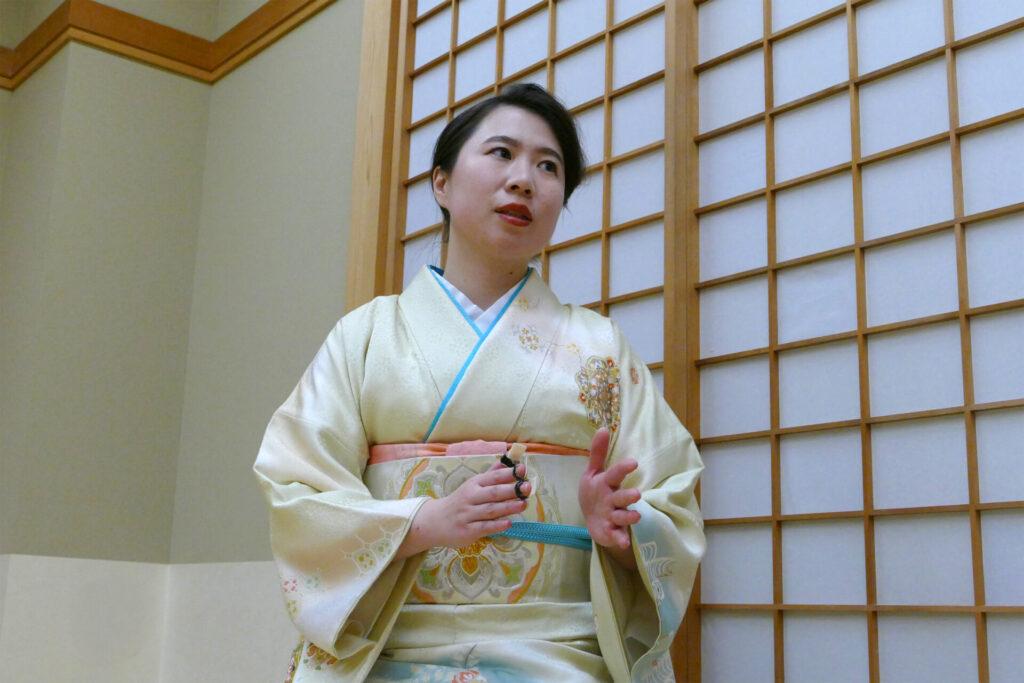
▼Q.What is the charm of Japanese musical instruments that you want people overseas to know about?
I think the natural and simple tone that makes the best use of the materials is attractive because Japanese instruments have a less complicated structure compared to other instruments in the world. Although there are many fast and flashy songs nowadays, the sound of the instruments is simply beautiful, so I hope people will enjoy and savor its echoes.
I would also like them to feel the “pause” and “breathing” that is uniquely Japanese.
*Ma = a period of silence or reverberation without sound.
The playing style also seems to show the beauty and spirituality that is unique to Japan.

▼Q.What kind of thoughts do you have for the recital?
For this concert, I have prepared pieces that I think are full of the charm of Japanese traditional music. Since this is my first recital, I chose songs that I want to keep playing for the rest of my life and songs that have fed me. The second half of the recital will feature contemporary pieces (works from the 1960s) that showcase the character of the koto. I am grateful for the many opportunities I have had in the past few years, and I would like to show what I have experienced. We have sprinkled in a few ideas for those who like Japanese music as well as those who are new to it to enjoy. Please come and take a look at the deep and fascinating world of traditional Japanese music.
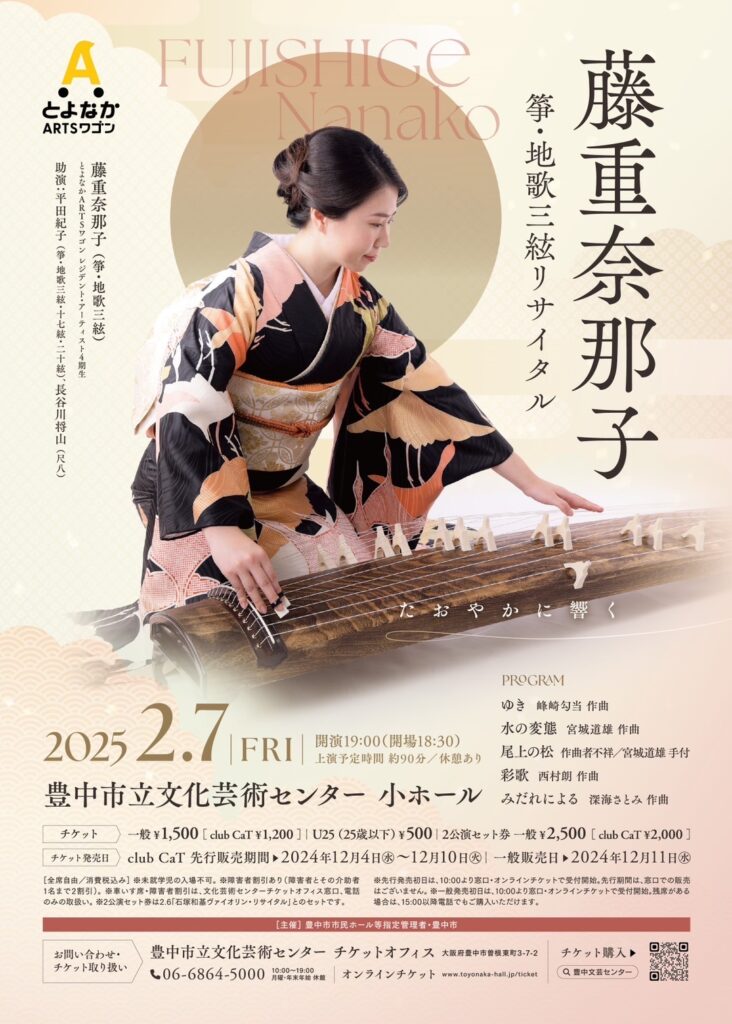

▼Q.Future Activities
I would like to continue my activities in Japan as before, and also go abroad to perform. For this purpose, I will do my best to improve my video contents! Please check it out!
One of my students contacted us through Instagram and gave a one-time lesson in Japan. I am still accepting online lessons, so if you contact me, both in Japan and overseas, you can get in touch with koto and sangen in a way that suits you.
⭐︎ From 2 September to 4 September, I will be performing at the Osaka Expo as a member of the Japanese instrument orchestra “Aioi” and will be in charge of a Japanese instrument concert and a booth for hands-on experience! So please come and visit me in my hometown Osaka♪
▼Various information about koto and shamisen
⚫︎How koto is made and music (example of project)
⚫︎Koto and Orchestra Contemporary Music
⚫︎Japanese painting x koto x reading piece
⚫︎ Koto and piano piece
⚫︎ Pops with koto

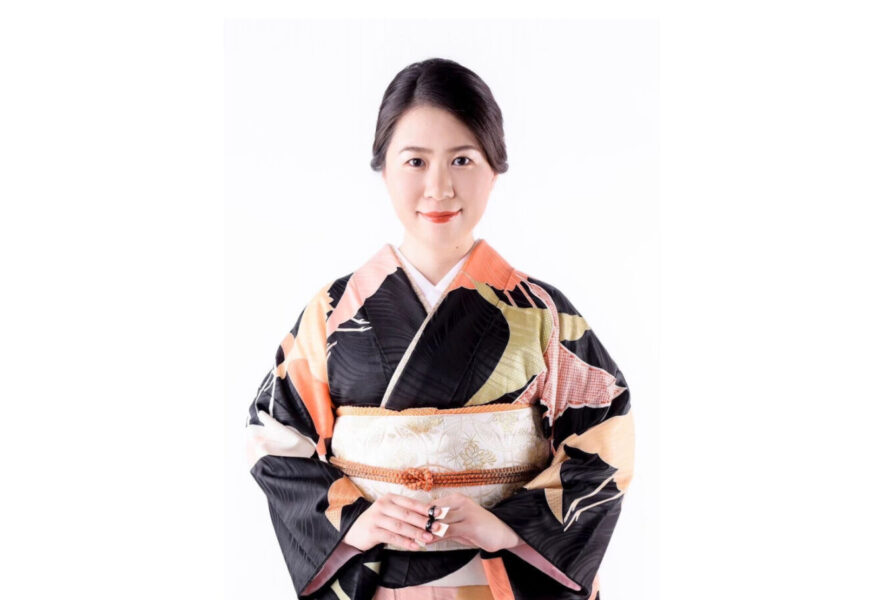
Comment